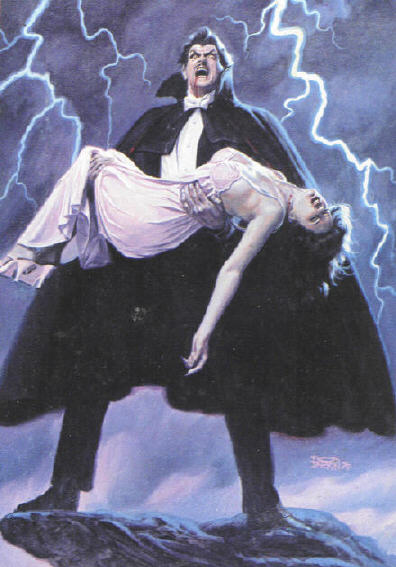The page you are looking for might have been removed, had its name changed, or is temporarily unavailable. Please try the following: If you typed the page addess russian woman killed by lamp post the address bar, make sure that it is spelled correctly.
Open the home page, and then look for links to the information you want. If you still cannot find the page you are seeking you may want to try the Wayback Machine at the Internet Archive Project. I did enough archive research to potentially pitch a magazine article on it later. The article never happened, but here’s the gist of what I wrote up right after my visit on my blog of the time. Shetland guidebooks, people only go to Yell to get to Unst, famous for its bird preserve, but people from Yell are nevertheless “passionate” about the place, said the local history archivist who dug up some of the ghost stories for me.
Yell folk are also storytellers, which might be why the house is still famous there. One of the best-known of all Shetland folktales is “The Trow of Windhouse” or “Trow of Yell. Trows are the local fairy folk, but the trow in the tale is nothing like the normal ones. Unlike the little people or slim types capable of passing for human, this one was a huge mountain of gelatinous blubber. The versions all agree on this part: Christmas Eve a shipwrecked sailor makes his way to Windhouse, and finds the family packing up to spend the night elsewhere. He buries his axe in the giant and kills it. He sees on the ground there naught but a shapeless mass.

The family is happy to see him alive Christmas Day, and he points out where he killed it. The archivist found me transcriptions of Edinburgh folklorist interviews with one of the storytellers. The interviews read like this: This man cam te Windhouse, te de Spences, an dey wir at tea, is I referred. An dey asked him if he wid pertake, an he said he wis hungry fer dey wirna tasted food — ot wos all been watter logged for so many hours. I was actually more interested in but didn’t have much access to. There’s one about a “lady in silk” believed to be a housekeeper or mistress who fell down the stairs and broke her neck. There’s an unsubstantiated rumor of a woman’s skeleton found under floorboards at the foot of the stair.
There’s another one about a tall man’s ghost in a long black coat, possibly connected to the actual substantiated body on site. I found it in microfilm from 1887: Human Remains Found. While some workmen, who are engaged repairing the manor house of Windhouse, were removing some debris from the back of the house, they came upon the skeleton of a human being. It had apparently been that of a man of large stature, as the bones measured fully six feet long. The current house ruin represents a reconstruction of the old one in 1700-something, done by moving the stones down the hillside.
Supposedly the foundations of the original are still visible, but I didn’t go up to see, being a coward. It’s now a ruin that kids dare each other to spend the night in and adults told me they get an uncomfortable feeling there. I considered going back after my first view of it from the road, to actually look closer at the ruin, maybe walk around and look for the old house, but I talked myself out of it. American in Denver, Colorado, who once lived in Scotland and took a trip up to Shetland for a short period of time. In that summer of 1985, I visited Shetland in general, and Yell in particular, for some five to six weeks. Yell, whom I believe is retired now and living in the south of Shetland.
I spent a number of weeks in the area, staying with the pastor’s family. Anyway, one of the most interesting curiosities at the time I was there was this same Windhouse at the top of the hill. The next day, or perhaps the day after, we went for a walk in the hilly fields some distance behind the Windhouse, but I did not realize that at the time. I starred at them, and felt I was in the presence of the remains of what had been some ritual.